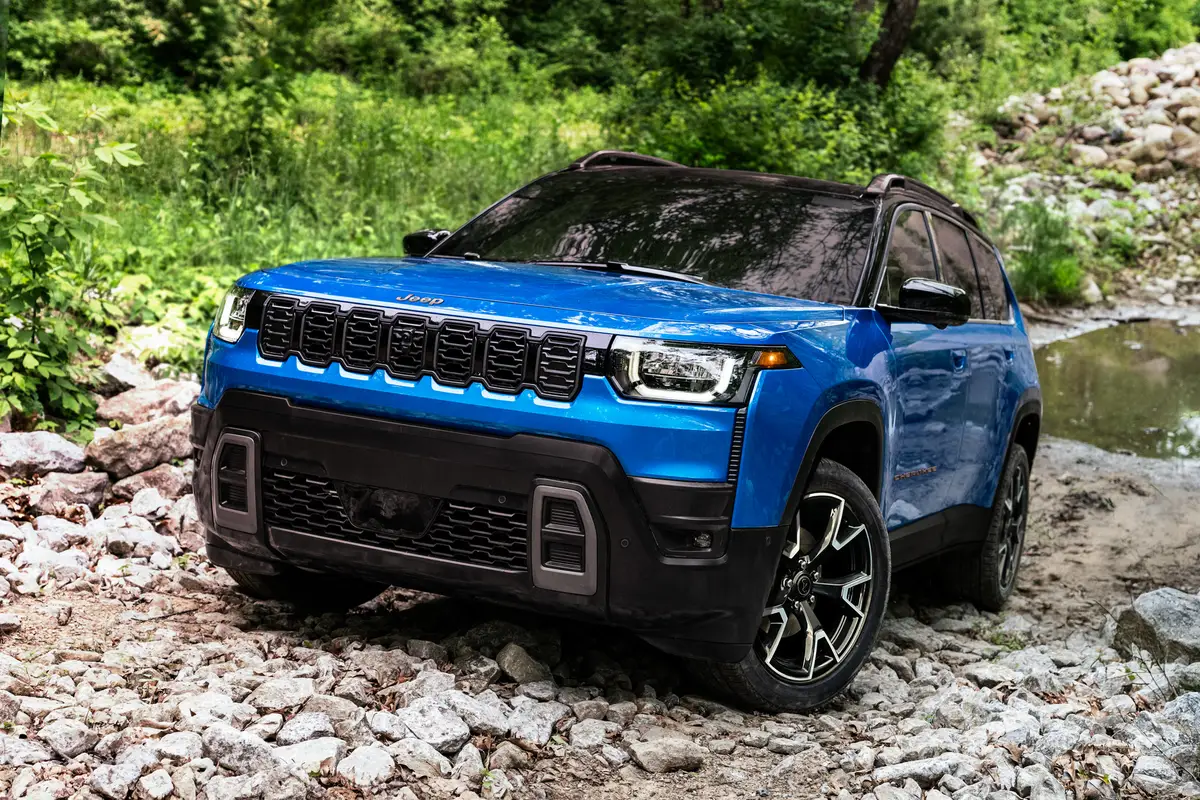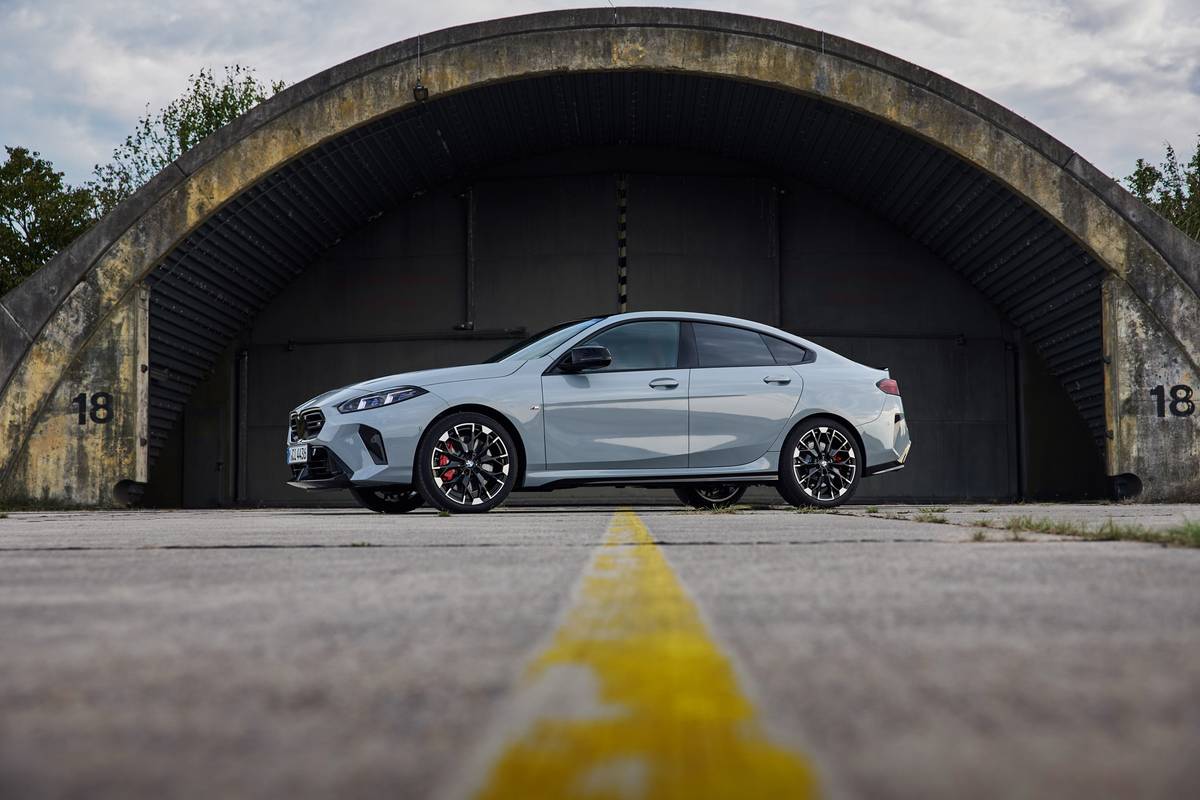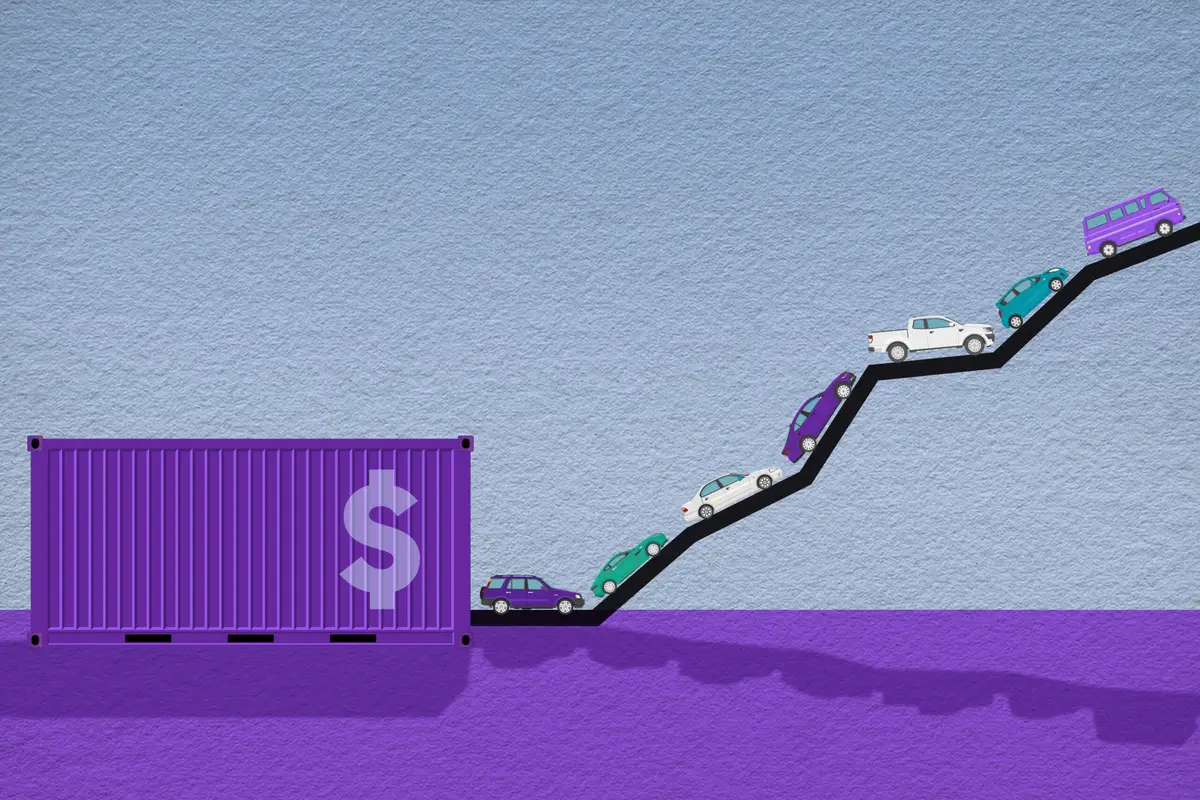chicagotribune.com's view
When last we drove Chrysler’s Neon it was a prototype in and around Austin, Texas, in January, when the automaker was promoting the car and, more specifically, its $8,975 price tag.
Now we’ve driven a production model in and around the potholes and construction zones of Chicagoland in March, when the automaker is still promoting the car, but more specifically, insisting that the recalls for problems with the Neon’s master brake cylinder and engine control module were merely minor nuisances that have been solved.
There’s good reason to focus on quality rather than price, because quality is what gets people to buy the new subcompact. People don’t mind paying the price for quality.
The Neon we tested here wasn’t that base $8,975 model. It was the Dodge Neon Hiline sedan, which starts at $10,690 and included options bringing the price to $13,927 before a $599 discount brought the sticker to $13,328.
And that’s without a $557 charge for automatic transmission, because our test car came with the standard five-speed manual. During our Texas test drive over hilly terrain we noted that the optional three-speed automatic is one speed short of handling the load up the hills and one speed short of quieter and smoother operation. It didn’t surprise us, then, that the production model arrived to be tested with a five-speed manual.
Back to that quality issue, however. Neon has faced two recalls. The first involved cars equipped with optional anti-lock brakes. A faulty seal in the master brake cylinder allowed air to get into the brake line. The problem didn’t cause brakes to fail, but the pedal became spongy to the touch. Chrysler found the problem in its test fleet, and only 60 cars with the problem got into customer hands. The master cylinder was changed on all the cars.
The second recall involved the engine management system, or engine computer module. Again there was a seal problem. This time the faulty seal allowed moisture into the computer so that the engine warning light would go on or the engine would idle roughly. In some cases the engine would stall or simply not start. Only 1,300 such cars got into customer hands, and the module was replaced.
To try to keep customers happy, Chrysler went to their homes to pick up the cars to replace the engine module. Customers got to use free loaner cars, and when the work was done their Neons were returned washed and with full tanks of gas.
There doesn’t appear to be any negative backlash. Chrysler had problems, owned up to them, corrected them and got on with business. Chrysler had 100,000 Neon orders in hand in March, with six months to go in the model year, which indicates that consumers accepted the recalls without retribution.
The Belvidere, Ill., plant that builds the Neon has capacity to produce 300,000 annually. Because of the slow startup for the Neon’s introduction in January and a on e-week closing during the engine-module recall, Chrysler won’t hit the 300,000 target this year. It’s typical for first-year cars to fall short of the long-term goal, even without a one-week shutdown.
But back to the production model. As with the prototype we drove in Texas, the one change needed is the addition of a slightly peppier four-cylinder engine. That’s coming when a 2-liter, 140-150-horsepower (the number is still being worked on) 16-valve, dual-overhead-cam four-cylinder this fall joins the 2-liter, single-overhead-cam, 132-horsepower four-cylinder now offered in the Neon sedan.
Two other changes we’d like to see would be the addition of a four-speed automatic and replacement of the standard 13-inch tires with the now-optional 14-inch treads as the base tires. Ride and handling improve dramatically with the 14-inchers.
Chrysler was able to advertise an $8,975 base price on the base model because anti-lock brakes are a $565 option. Oth rwise that would have been a $9,540 base price. While $8,975 sounds better, $9,540 protects better, and we’d prefer the anti-lock brakes to be standard. Dual air bags already are standard, and ABS would provide added attraction.
Based on letters and phone calls we’ve received, it’s not so much the $8,975 price that sells the cars as it is the air bags, which would indicate that the car would be in even more demand if ABS were part of the standard package. And because factory costs are lower than retail prices for options, Chrysler could add anti-lock brakes without having to add the full $565.
Our test car came in a strawberry pearl-coat exterior finish. It’s a very stylish, very dressy, very rich-looking color. A tip of the hat to Chrysler.
Also, you’ll have a difficult time finding another subcompact car with the rear-seat leg, head and arm room of a Neon. It may be the only car in its size class in which two adult couples can ride without those in back having to imitate sardines. That capacity-and the ability to carry a cargo hold full of groceries or luggage-is the reason the peppier four-cylinder engine will be appreciated.
Standard equipment in the Hiline includes power brakes and steering, side-door guard beams front and rear, stainless-steel exhaust, four-wheel independent suspension with gas struts and front sway bar, body-colored moldings, dual manual mirrors, dual cupholders integrated into the front console, console coin holder, tinted glass, trip odometer and AM/FM stereo with clock.
Our test car added a $1,851 option package including non-CFC (chlorofluorocarbon) air conditioning, remote deck-lid release, electric rear-window defroster, power door locks, floor mats, dual power mirrors, tilt steering, 14-inch all-season tires and wheel covers. Anti-lock brakes added $565 and cruise control $224. Freight came to $500.
Latest news



